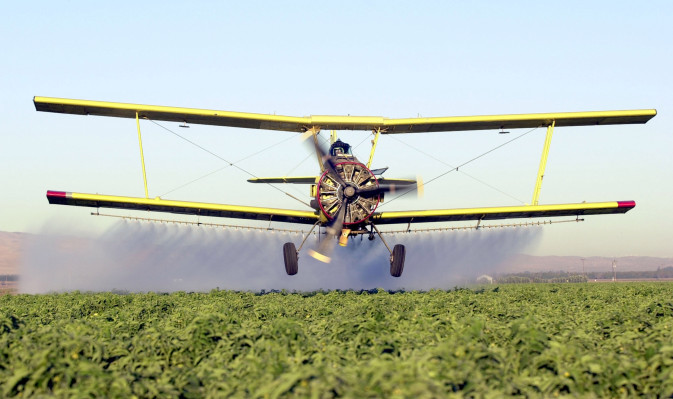Researchers at Carnegie Mellon University have discovered a new method for delivering key nutrients to plant roots – without having to ensure they’re present in the soil where the plants are growing.
The landmark study greatly increases the efficiency of surface delivery of nutrients and pesticides to plants. Currently, when crops are sprayed with stuff that’s supposed to help them grow faster or better, the vast majority of that (up to 95 percent, according to CMU’s engineering blog) will just end up either as concentrated deposits in the surrounding soil, or dissolving into ground water. In both cases, accumulation over time can have negative knock-on effects, in addition to being terribly inefficient at their primary task.
This method, described by researchers in detail in a new academic paper, would manage to improve efficiency to nearly 100% absorption of nutrients and pesticides delivered as nanoparticles (particles smaller than 50 nanometers across – a human hair is about 75,000 nanometers wide, for context) sprayed onto the leaves of plants, which then make their way through the plant’s internal vascular system all the way down into the root system.
Using this method, agricultural professionals could also greatly improve delivery of plant antibiotics, making it easier and more cost-effective to treat plant diseases affecting crop yields. It would be cheaper to delivery all nutrients and pesticides, too, because the big bump in efficiency of uptake by the plants means you can use much less of anything you want to deliver to achieve your desired effect.
This research could have huge impact in terms of addressing growing global food supply needs while making the most existing agricultural land footprint and decreasing the need for potentially damaging expansion of the same.











